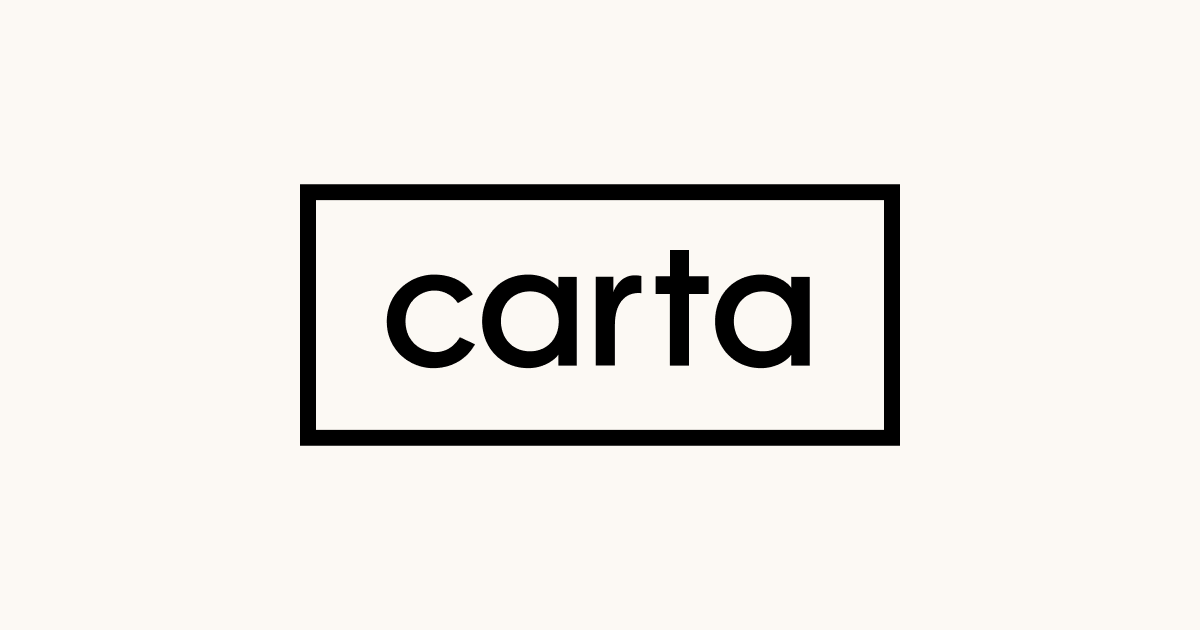Ross Lerner has worked on the finance team at a number of startups over the past three years. Early on, excel was the default for cap table management. But once he switched to Carta it became the standard for any company he joined.
Carta: Before your companies were on Carta, how were you managing the cap table?
Ross Lerner: Before Carta everything was in Excel and it was getting trickier. At companies who are Series A or Series B, it gets to the point where the cap tables were unwieldy and the documentation is scattered all over the place: old or unexecuted versions of agreements, lost signatory pages, and a backlog of option grants. We used Carta to consolidate that all into one spot.
Carta: How many hours a month were you spending on your cap table before Carta?
Ross Lerner: It was probably something like 10 hours a month and that wasn’t enough. There was still a huge backlog of option grants.
Carta: Was there a specific cap table incident that made you switch off Excel and onto Carta?
Ross Lerner: At first, the driving factor for moving to Carta was getting a 409A; we were less interested in the management software. But once we went live and saw how easy it was to issue options, get signatures, review the cap table, and export to Excel. We were hooked. As far as I’m concerned, Carta is one of the only pieces of enterprise software that not only lives up to its promises but actually exceeds them.
Carta: Before the onboarding process, how did you feel about the health of your cap table?
Ross Lerner: The process of getting on Carta is extremely helpful for getting your ducks in a row. I thought our cap table was pretty much correct. But when going back through our documentation to the earliest days of the companies, we found documents that needed to be signed, board consents that were never issued, and all manner of small things like that to resolve.
Carta: How was the onboarding process?
Ross Lerner: Carta has amazing people. I’ve worked with a number of your onboarding and account managers and have always been impressed with their knowledge and initiative. I can come to them for cap table advice. They catch errors and volunteer to fix them themselves which saves me a bunch of time.
Carta: How is being on Carta going to change your day-to-day work?
Ross Lerner: It’s set it and forget it really. It’s a process to get data onboarded — we always think our cap table is in better shape than it is — but once everything’s loaded in we’re set. I added new employee options today. Normally it’s a whole process of calculations, confirming with the offer letter, then writing up paperwork. In Carta, it literally took me 30 seconds to create an option grant for them
Carta has helped thousands of companies clean up and manage their cap tables. Just getting started with yours? Our free plan, Launch, is available through law firms and helps companies with up to 25 stakeholders manage theirs. Contact your lawyer to get started.
